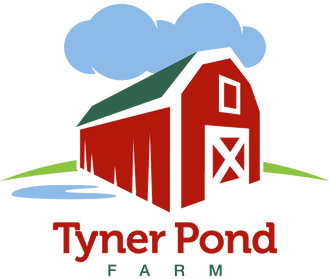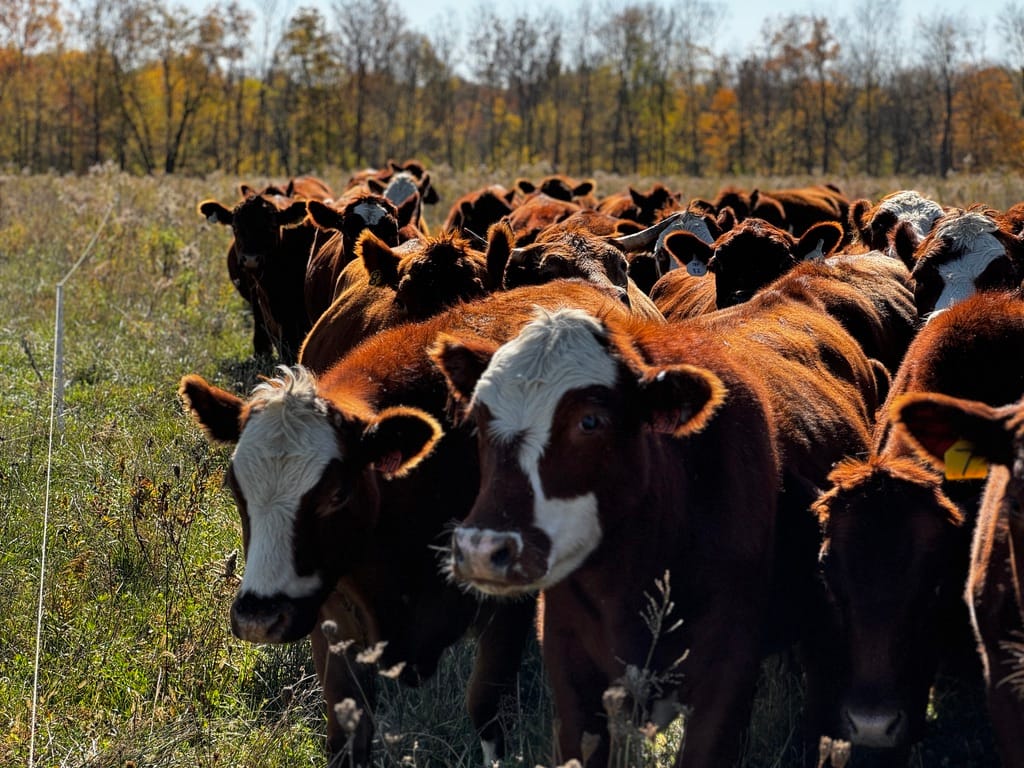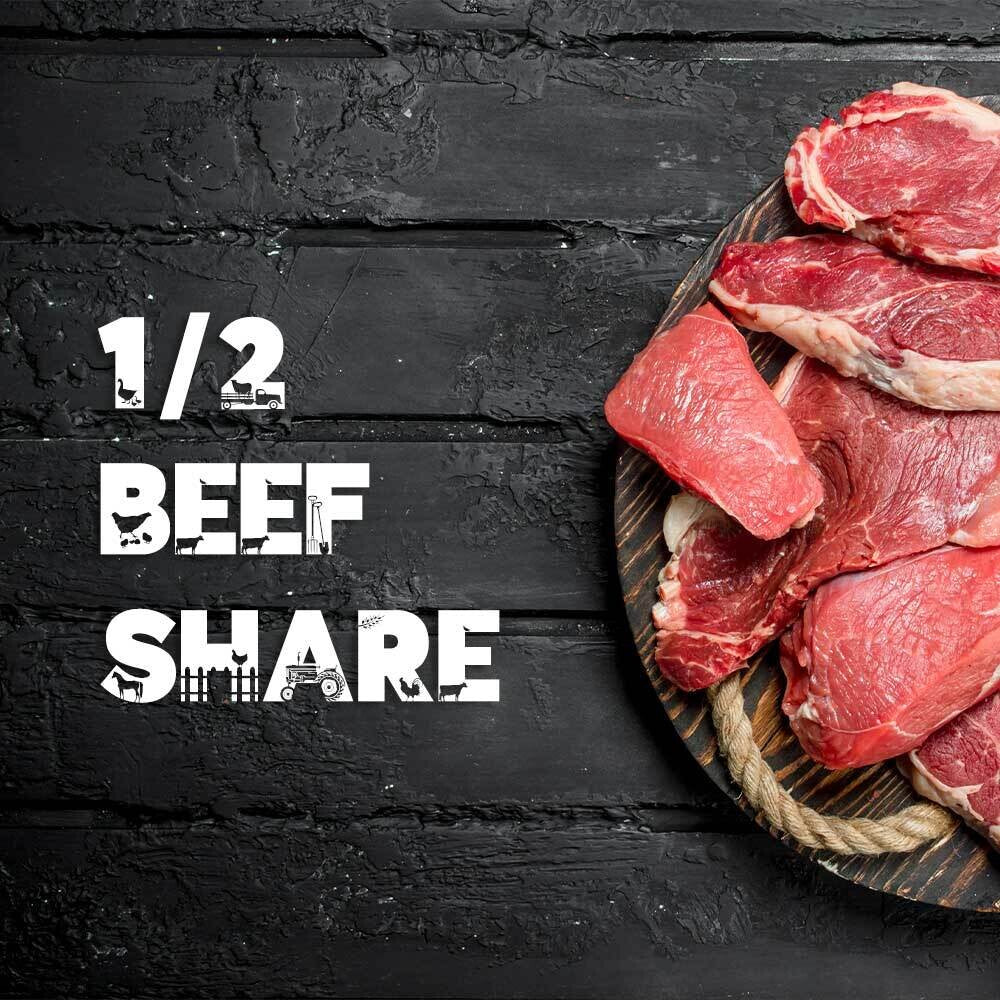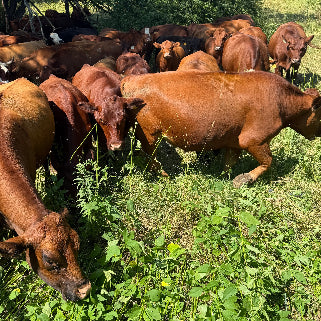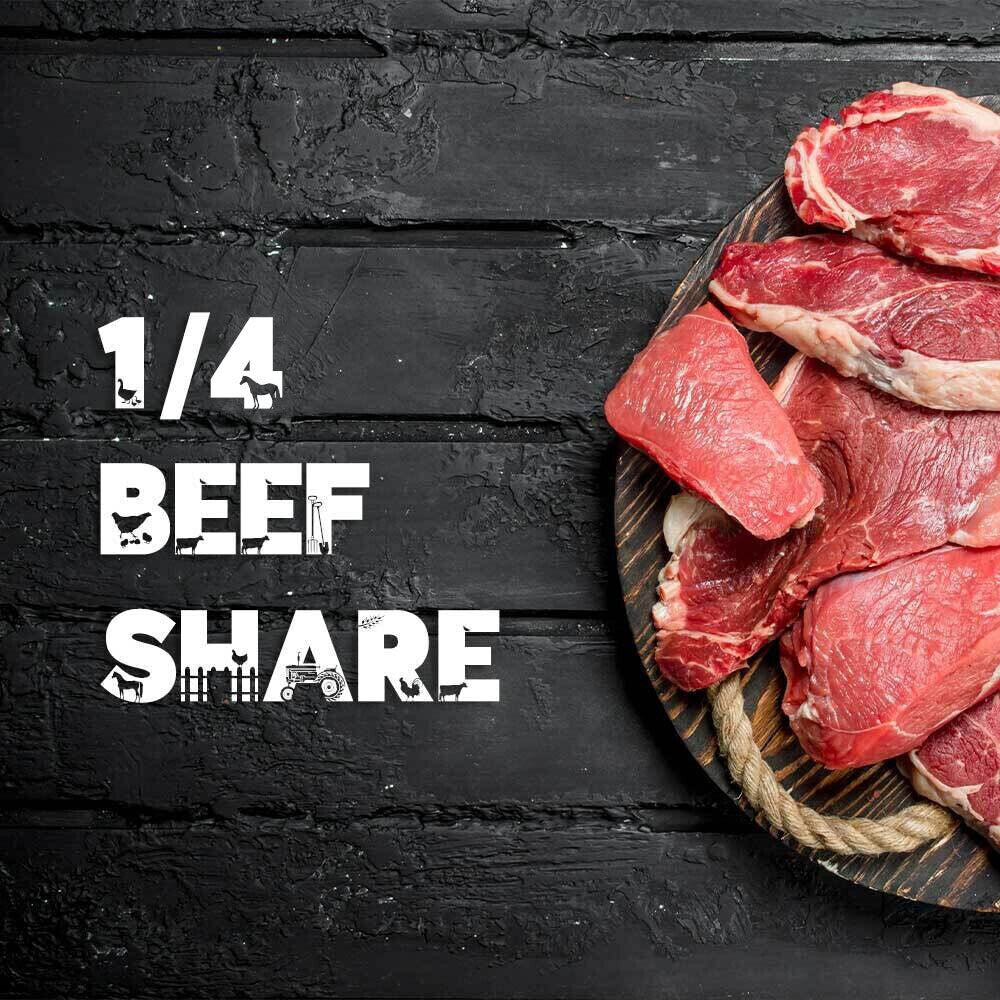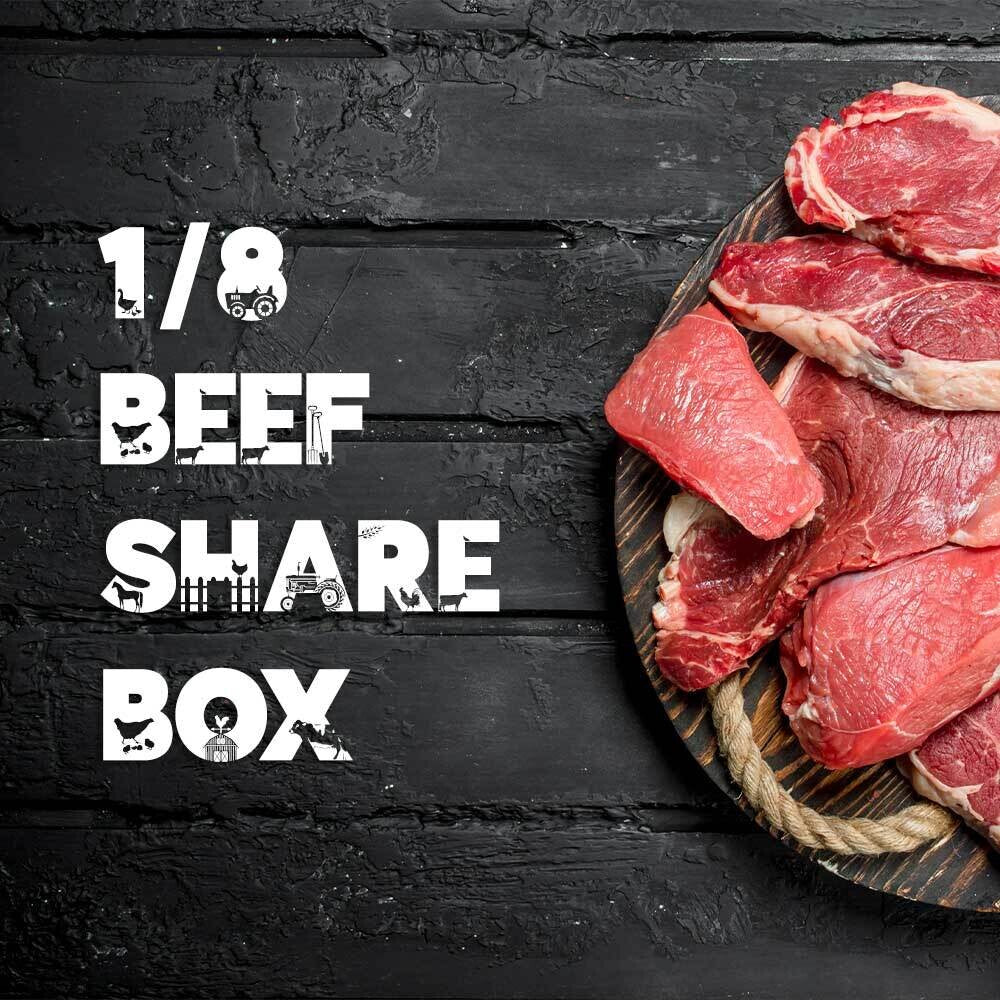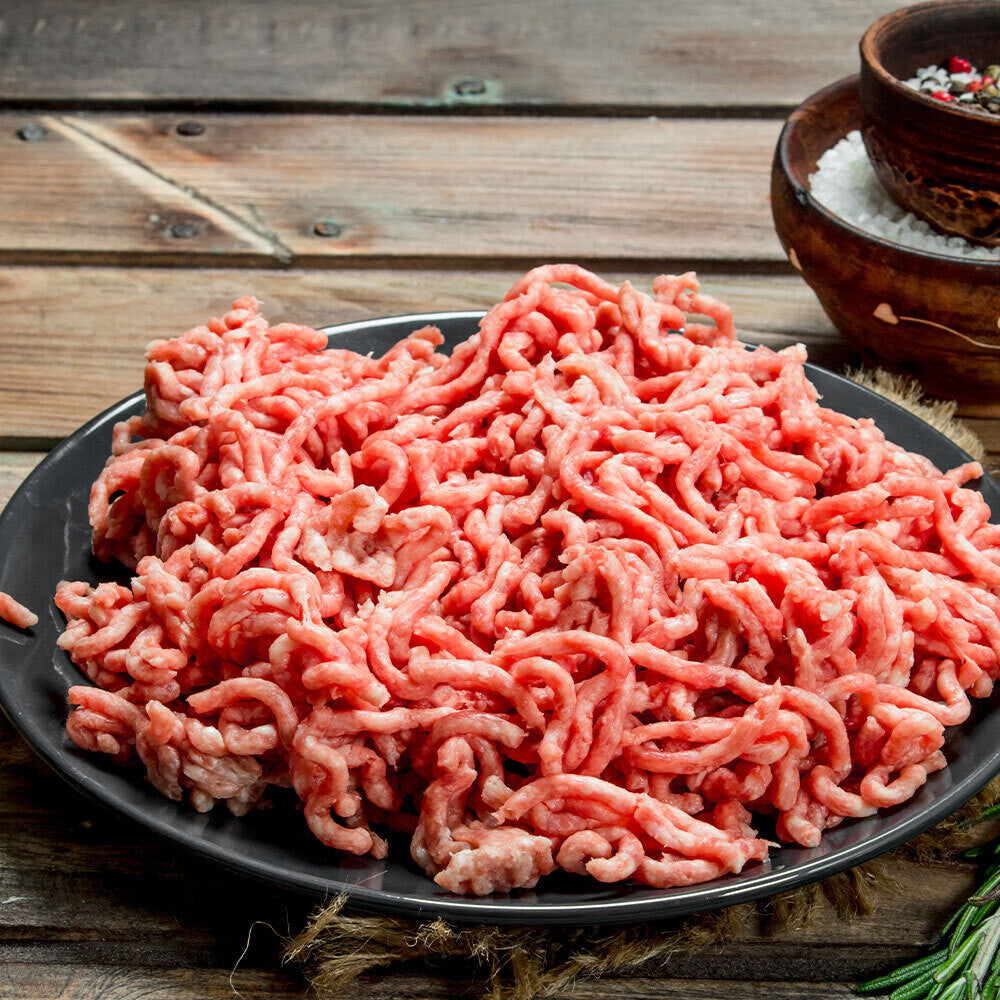
Why Nutrition Labels Don’t Tell the Whole Story
Most people assume that when they pick up a package of food, the nutrition label tells them everything they need to know—calories, fat, protein, vitamins, minerals. It all looks scientific and precise. But the truth is, those numbers don’t mean what most people think they do.
The USDA database that food companies use to generate those labels is based on averages, not the actual nutrient content of the specific food in your hand. A steak from a cow raised on depleted soil in an industrial feedlot gets the same "nutrition facts" as a steak from a regeneratively raised, 100% grass-fed animal. A carrot grown in lifeless dirt pumped full of synthetic fertilizers is considered nutritionally identical to a carrot pulled from rich, microbially active soil.
The label doesn’t measure food quality. It doesn’t account for how food was grown or raised. And it certainly doesn’t measure nutrient density.
Factory-Farmed vs. Regeneratively Raised: Same Label, Different Food
Let’s take beef as an example. The standard USDA database says that a 4-ounce serving of beef contains about:- 25 grams of protein
- 3 mg of iron
- 5 mg of zinc
- 2.5 mcg of vitamin B12
- Zinc & Iron: Beef from animals raised on diverse pasture—where they are getting minerals from soil-enriched forage—has significantly more zinc and iron than grain-fed beef raised in a confined feedlot. But the label won’t show that.
- Omega-3s & CLA: The omega-3 and conjugated linoleic acid (CLA) content of grass-fed beef can be up to five times higher than grain-fed beef. But the USDA label doesn't reflect this difference.
- B Vitamins: Cattle that graze on healthy pasture get more B vitamins from their forage, leading to higher levels in their meat.
Grocery Store Beef (Including Industrially Raised Grass-fed Beef), eating chemically fertilized monocultures and given antibiotics don’t pass along nearly as much.In other words, the actual nutrient content of beef from a regeneratively raised, antibiotic-free, mineral-rich animal is vastly different from beef raised in an industrial system—but the nutrition label treats them as if they are identical.
Why Industrial Farming Makes Nutrition Labels Misleading
Most modern food is grown in dead soil. Decades of chemical fertilizers, pesticides, and monoculture cropping have stripped the land of minerals and microbial life. And when soil is depleted, so is the food. Yet the USDA and FDA still rely on outdated nutrient databases that don’t account for how food is grown. They assume an apple is an apple, an egg is an egg, and a steak is a steak—regardless of whether it came from a chemically dependent industrial system or a regenerative farm with living soil.Here’s how industrial farming distorts the numbers on nutrition labels:
- Soil depletion lowers mineral content – Most conventionally grown vegetables have significantly lower magnesium, calcium, and potassium levels than they did 50 years ago. But nutrition labels still list the same old numbers.
- Chemical fertilizers change nutrient availability – Plants grown in synthetic nitrogen-enriched soil might be high in sugar and water weight but low in the trace minerals that actually matter for human health. The label won’t tell you that.
- Factory-farmed meat has a weaker nutrient profile – Industrially raised meat has lower omega-3s, lower B vitamins, and fewer beneficial fatty acids, but the nutrition label treats it the same as nutrient-dense pastured meat.
The Myth of Fortification: Adding Back What Should Have Been There
Another major problem with nutrition labels is that they make fortified, processed foods look more nutritious than they really are. Many industrial foods lose key nutrients during processing—so manufacturers add synthetic vitamins and minerals back in to meet USDA requirements. That’s why you see "fortified with iron" on breakfast cereals, "vitamin D added" to milk, or "enriched" white flour. But synthetic fortification is not the same as getting nutrients from whole, naturally grown foods.- Folate vs. Folic Acid: Naturally occurring folate from leafy greens is absorbed and used efficiently, while synthetic folic acid (often added to processed foods) can be harder for the body to process.
- Synthetic Vitamin D: Many dairy products are fortified with vitamin D2, a form that’s less bioavailable than the D3 found in pastured meats and eggs.
- Iron in Fortified Foods: The iron added to cereals and breads is often a form that is less bioavailable than heme iron from meat.
- Protein in Fortified Foods: The protein added to cereals and snack bars and even pasta, often comes from processed isolates like soy or pea protein, which lack the full spectrum of amino acids and co-factors needed for proper absorption, making them less bioavailable than protein from pastured meats, eggs, and dairy.
What Should You Do? Look Beyond the Label.
If nutrition labels don’t give the full picture, how do you know if your food is actually nutrient-dense? Ask how it was grown or raised. Nutrient density starts with the soil. If a farm isn’t focused on soil health, the food won’t be as nutritious —no matter what the label says. Prioritize regeneratively raised meats. Grass-fed alone isn’t enough. Look for beef, pork, and chicken that were raised on diverse, chemical-free pastures without antibiotics. Eat whole, unprocessed foods. Labels matter far less when you’re eating single-ingredient, real foods from trusted sources. Support farms that measure nutrient density. Some regenerative farmers are starting to test their food for actual mineral content, proving that their methods lead to higher-quality nutrition. At Tyner Pond Farm, we don’t rely on labels to define our food—we focus on how it’s raised. That’s why we invest in healthy soil, rotational grazing, and truly natural animal management. Because real nutrition comes from the ground up, not from a government database.Final Thought: The Label is the Last Step, Not the First
Food companies rely on standardized nutrition labels because they fit the industrial model—everything looks interchangeable, and consumers don’t ask questions. But real food is not a commodity. The way it’s raised changes its nutrient profile in ways that labels don’t account for. If you want real nutrition, you have to go beyond the numbers on the back of a package. You have to ask where the food came from, how it was grown, and whether the soil it came from was alive or dead. Because at the end of the day, nutrition labels are just estimates. The real measure of food quality is in the land it came from.
Previous post
Pounding on Pastures: Why We Graze the Way We Do
Next post
